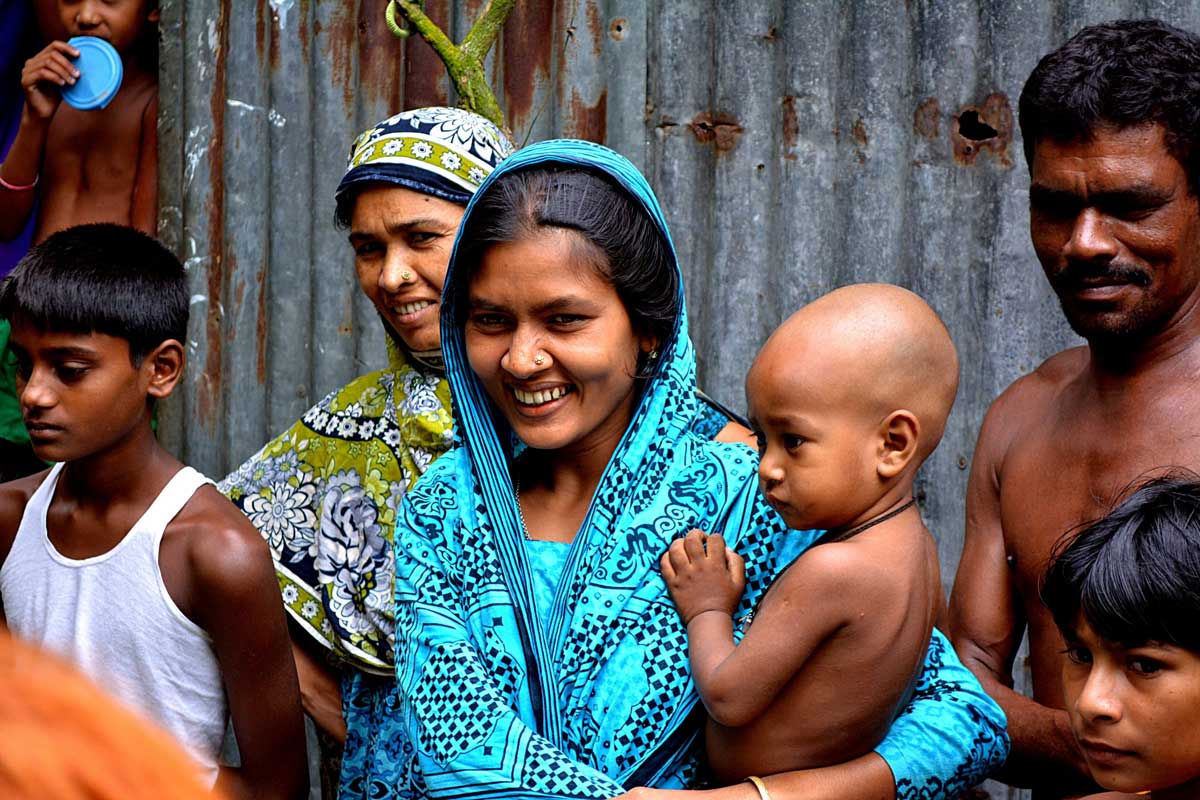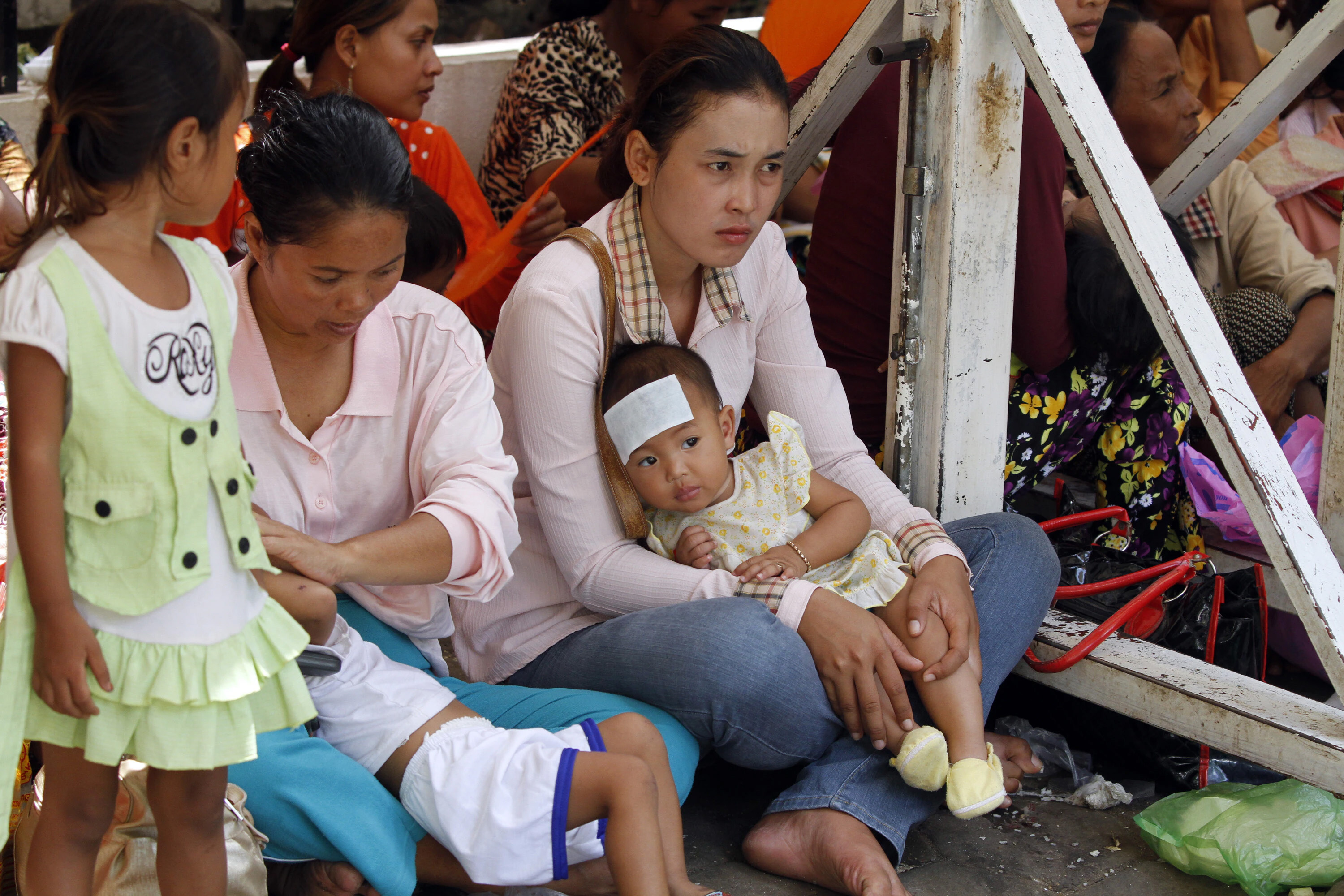Why we need a comprehensive approach to eliminate cervical cancer
Cervical cancer elimination is achievable with comprehensive strategies, including HPV vaccination, screening and treatment, addressing global disparities.
- 7 October 2024
- 5 min read
- by World Economic Forum

- While significant progress has been made to prevent cervical cancer, scaling of vaccination, screening, early detection and treatment efforts are needed to reach elimination goals.
- Vaccination and screening among eligible girls, women and individuals with a cervix are still well below World Health Organization targets, with significant variation in coverage across regions.
- Despite increased funding for vaccination, screening and treatment, programmes remain underfunded and few countries have implemented national screening programmes.
The elimination of cervical cancer is within our reach – with commitment, investment and coordinated effort.
Cervical cancer is largely preventable and treatable if detected early and managed effectively. It is caused by a persistent infection of high-risk human papillomavirus (HPV) and with timely access to the HPV vaccination, regular screening, treatment of precancerous lesions and effective management of invasive cancer, it is one cancer we can eliminate.
The World Health Organization’s (WHO) cervical cancer elimination strategy outlines a comprehensive approach to meeting the ambitious 90:70:90 targets by 2030. This strategy involves an increase of HPV vaccination to 90%, twice-lifetime cervical screening to 70% and treatment of pre-invasive lesions and invasive cancer to 90%.
While significant investments have been directed towards increasing HPV vaccinations, only a comprehensive approach with timely screening, early detection and effective treatment can meet the WHO goals.
Global commitment to eliminating cervical cancer
In March 2024, global stakeholders convened at the first Global Cervical Cancer Elimination Forum in Cartagena, Colombia. This landmark meeting reaffirmed international commitment to eliminating cervical cancer, with nearly $600 million in funding announced, primarily to expand vaccination coverage.
However, an analysis found that elimination was possible in all 78 low-and middle-income countries if girls-only vaccination is paired with twice-lifetime screening. And it could reduce mortality by more than one-third, preventing 300,000 deaths
What’s more, only about 27% of eligible girls globally have received the first dose of HPV vaccine, with coverage ranging from 1% in Central and Southern Asia to 85% in Australia and New Zealand. Disparities are evident, with over 85% of high-income countries introducing the HPV vaccine in their national immunization schedules, compared with less than 25% in low-income countries.
The current state of cervical cancer screening worldwide is also concerning, with only 36% of women globally having been screened at least once, with significant disparities within and across countries. The risk of cervical cancer increases with age, especially without access to high-performance screening tests.
In low and middle-income countries, fewer than 5% of women have ever been screened for cervical cancer, severely undermining elimination goals. A recent US study highlighted that cervical cancer screening saves more than 58% of life years – there is an estimated 91% five-year survival rate when diagnosed in the early stages – and has a significant economic impact in reducing the burden of cervical cancer.
Increasing cervical cancer screening coverage involves more than merely scaling screening participation; it requires a systematic approach, including building infrastructure, enhancing workforce capacity and strengthening diagnostics capabilities, including laboratory services.
Moreover, raising awareness, dispelling myths about cervical cancer and addressing cultural and traditional beliefs that hinder demand for screening are all essential to a successful strategy.
The critical role of national screening
Each year, women in low- and middle-income countries account for 90% of global deaths from cervical cancer. Disparities also persist in high-income countries, particularly among vulnerable and underserved populations. Cervical cancer screening is a core strategy for elimination, with a target of screening 70% of eligible women twice in their lifetime, first at the age of 35 and then at 45.
However, in the absence of a national cervical cancer screening programme, most countries will struggle to meet this target. In sub-Saharan Africa, the average screening coverage is just 4%, with most screening conducted using low-performance tests.
Only 20% of countries in the African region have organized national cervical cancer screening programmes, while the rest rely on opportunistic screening. Furthermore, only two countries have high-performance HPV DNA testing in their national screening programmes.
Similar challenges exist in Latin America and Asia, where screening coverage remains low – 29% in Latin America and the Caribbean and an average of 9% across Asia.
The cervical cancer elimination strategy can potentially save over 62 million girls and women from cervical cancer deaths and prevent 74 million cases within the next century. However, this can only be achieved with the effective implementation of the 90-70-90 interventions.
Disparate rates in vaccination coverage across the globe mean that its full benefit will not be realized until vaccinated adolescents reach screening age. Where they are in place, national screening programmes have been instrumental in reducing the burden of cervical cancer, helping to lower rates by up to 80%.
The need for balanced investment
Differences in funding and attention between HPV vaccination and other targets – such as screening and treatment – highlight the need for equitable prioritization and a comprehensive approach to cervical cancer elimination.
High-income countries with established cervical cancer screening programmes have significantly reduced incidence and mortality rates, making the case for high-quality screening, timely treatment and follow-up care are effective in reducing cervical cancer cases.
Despite the availability of these preventive tools, participation rates in screening programmes remain suboptimal in countries most affected by the disease. As a result, many women are still being diagnosed with cervical cancer, missing opportunities for early detection.
The impact s profound: every hour, 120 children lose their mothers to cancer, amounting to 1 million children each year.
Nearly half of these maternal orphans are due to deaths from breast and cervical cancer, underscoring the critical need for more robust screening and treatment efforts worldwide.
Given these stark realities, the elimination of cervical cancer will only be achievable if resources are allocated equitably, ensuring that screening and treatment receive the same level of investment and attention as vaccination efforts. It is important to note that there is no one-size-fits-all approach and it is only through a balanced and comprehensive strategy that we truly advance toward the elimination of cervical cancer.









